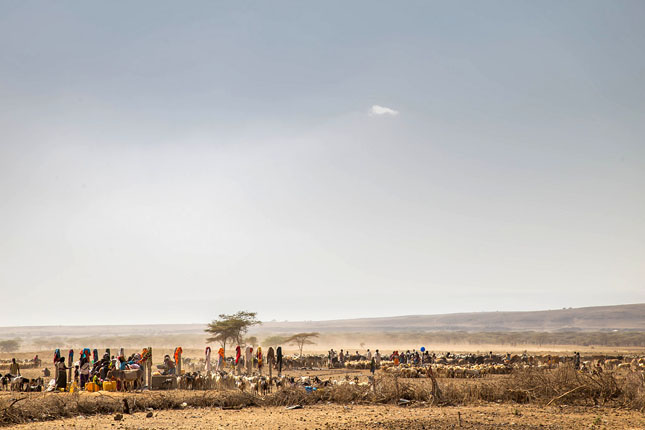-
Eric Holthaus, Ensia
New Rainfall Data: “Now, We Can Accurately Identify How Horrible Things Are”
April 28, 2016 By Wilson Center Staff
People in developed countries rarely think of weather in life-or-death terms. But millions in the developing world have no choice but to do so. The global rich have stable governments, savings accounts, insurance, and more to fall back on when disaster strikes. People in poorer countries don’t, so they’re often faced with tough decisions in times of drought: Sell the only ox for food and plow by hand next year? Take the kids out of school and put them to work chopping firewood for extra cash? Abandon the farm and family to look for work in the city?
But now, a new rainfall data set is aiming to change all that.
The data set, called CHIRPS (short for “Climate Hazards Group InfraRed Precipitation With Station data”) blends data from weather stations and weather satellites with extraordinary accuracy, providing a detailed record of global rainfall stretching back more than 30 years. By making it possible to compare current rainfall patterns with historical averages at the neighborhood scale for virtually the entire world, CHIRPS provides an early warning system for drought, making it possible for development agencies, insurance companies and others to more effectively activate adaptive strategies such as food aid and insurance.
Sources: CHIRPS, Ensia.
Photo Credit: A water point in central Ethiopia, courtesy of Ayene/UNICEF Ethiopia.
 A Publication of the Stimson Center.
A Publication of the Stimson Center.



